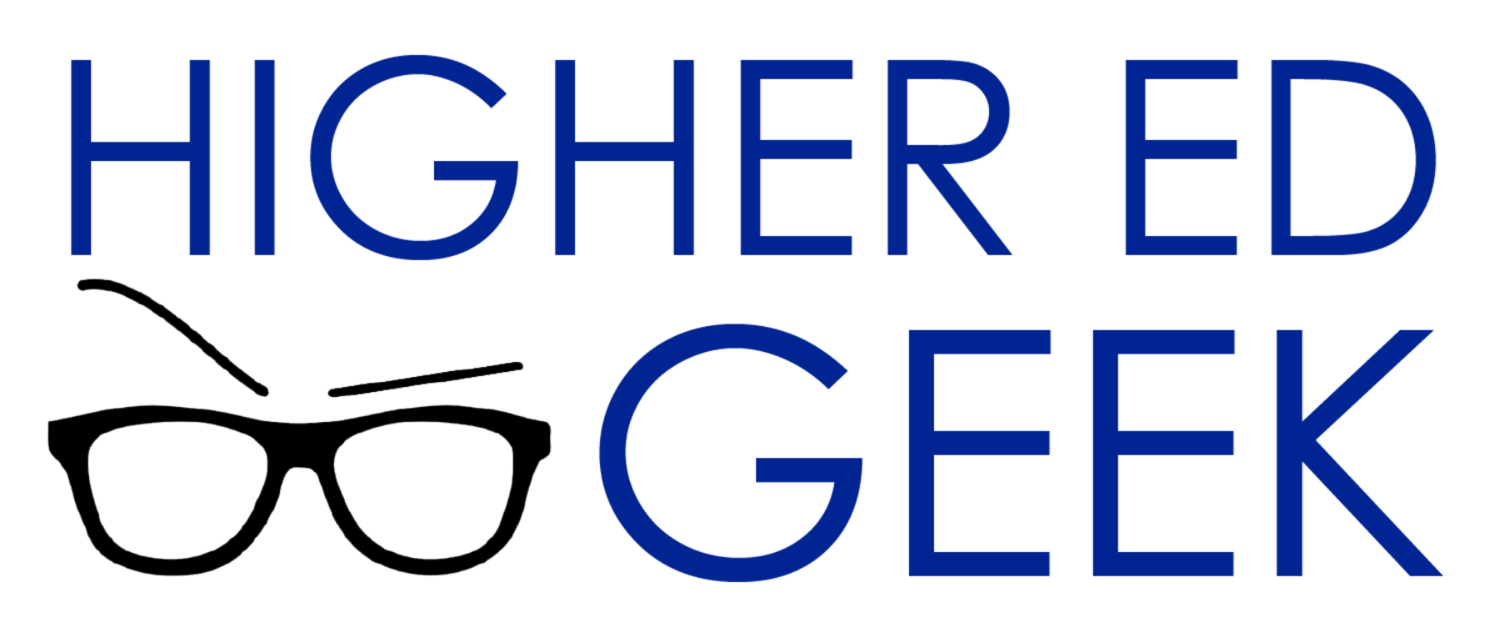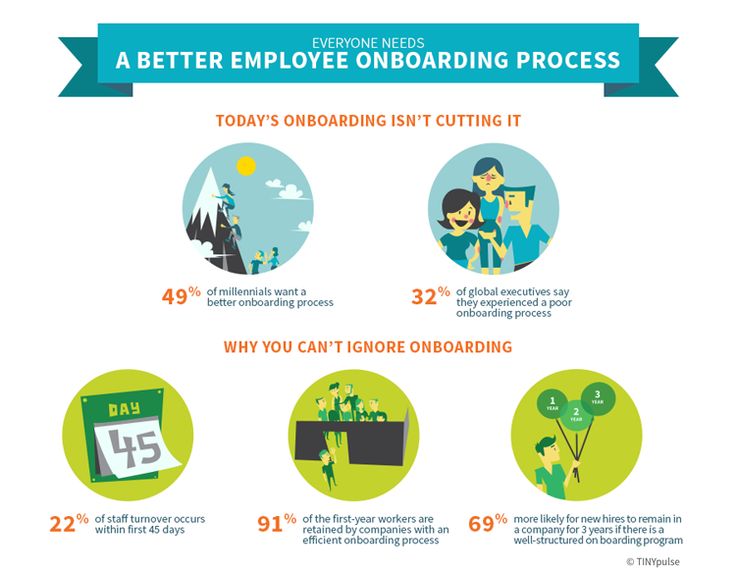The SAGeeks series is all about celebrating the geeky and nerdy sides of all of us working in higher education and student affairs. The series is edited by Jenn Osolinski and Lynne Meyer. Check out our resources page for more geeky goodness.
The music hits. You stand up out of your seat because of the unfamiliar rhythm, the dramatic lights, a mesmerizing video display and corresponding pyrotechnics. You can’t help but anticipate that something big, something newsworthy is about to happen. Not only is it happening, but you’re there, live, in the audience to witness it. This scene could describe a lot of different forms of entertainment, but in this particular case, this scene describes professional wrestling… or sports entertainment for those who belong to that camp.
My fascination with this oft-mocked but incredibly formidable form of entertainment is not much of a surprise. Since childhood I have been enamored with the spectacle - the characters, the story lines, and the athleticism. In more recent times though, I’ve transitioned my interest from the action within the squared circle (wrestling ring) to that which takes place behind the scenes – the talent relations, the writing and production, marketing, etc.
The advent of the internet opened up the curtain. Fans who are interested can learn a lot about the history, the behind-the-scenes drama, and inner workings of the shows and companies. Podcasts have flooded the market, with current and past stars willing to share their insights and stories both in front of and behind the camera. As a fan, I consume quite a bit of this information. Maybe more than I should. It takes me out of the moment when cool things are happening. I’m thinking about why a booking decision was made, where it may be leading, if it’s a part of a bigger plan for the characters, and if I would book the arc similarly. While this level of detail and over thinking isn’t ideal for a fan of the genre that is so grounded in fostering raw emotions, it has yielded an interesting lens in which I view my other passion, and profession, in student affairs.
Sterling, the Independent Contractor
Once the goal of permanent, full-time work has been reached, operating with the mindset of an independent contractor is hard to reconcile for many professionals in our field. Finding the dream job at the dream institution and settling in for the long haul appeals to a lot of our colleagues at campuses across North America. Note: I am not here to discourage those motivations. What I do and recently did challenge myself to consider though, is what are my prospects on the current roster and am I happy with this assessment? Am I able to meet my goals of becoming a ‘main event talent’? Am I someone who is considered a ‘good hand’ but not a ‘star’ – someone who can help elevate others with greater potential but isn’t seen as having potential to succeed in a greater role?
Bear in mind, this reality isn’t one that everyone engages with. That is to say this isn’t the case for our contracted colleagues who move from institution to institution, role to role, being pushed through rapid prototyping and quick development to fill short-term vacancies and positions. While the lack of job security is omnipresent, these realities force those of us in contract roles to advocate for what we need to be successful and continue developing, to pursue networking and potential future employment opportunities, to share our successes and stories as a marketing tool, to be the best version of ourselves – maximizing our minutes - every time we’re on camera or in front of an audience.
I recently swallowed this fear and made a lateral move to another institution. Using wrestling terminology to highlight this example – I recognized that my position within the roster had peaked. There were only a few main event slots in the company and they were filled for the foreseeable future. I was happy and challenged in my role, working with lots of innovative, up and coming stars, but I wasn’t being completely fulfilled. I wasn’t buying into the vision and direction of the brand in the way that one should at that level. I was still connecting with the audience, I had built enough of a following outside of the organization to harness my network to explore upcoming opportunities, I had identified the type of brand I wanted to build for myself moving forward, and I wanted to work with a new talent pool to see what else I could learn and contribute in a different environment. I moved from a university to a college, I moved 4 hours away, and I shelved my anxieties about how the new team would view my potential contributions and dove into the new role with confidence. I was able to view myself as an independent contractor and a brand – searching for a team whose values aligned with mine, a place where I would be challenged to grow and develop myself while growing and developing others, an environment where I would be given an opportunity to maximize my minutes and earn my position.
Sterling, Talent Relations Manager
Professional wrestling survives on its creation of new stars. Without new stars, new audience members can’t be brought in. Eventually folks retire, audience members disappear, and the business wanes. How do we create new stars in our field? Or more humbly said, how do we develop new talent? How do we help elevate our peers to higher levels of success so that we all can be successful? How can we view our collaborative successes as best for business and not as competition? New stars doesn’t always mean the youngest or most recent graduates either – it can mean those who have for one reason or another been cast at a particular level or role and are seeking an opportunity to try something new or demonstrate the impact they can have working on another team or project.
Since taking on the role of Manager at my previous institution, I have shared with every staff member that I view my role as fostering an environment where we are empowered to achieve our common mission collaboratively. In order to do this, we need to build confidence and capacity. This includes me helping each team member develop the skills and competencies necessary to reach their next career goal through regular coaching, feedback, conversation, encouragement, and referrals to resources. I see my role as leading team members through the developmental system onto the main stage and beyond. I strive for team members to be willing and able to be open and honest about their future goals and potential opportunities so that I can be supportive in whatever way I can (constructive feedback included when some additional self-appraisal may be required). I look to disrupt a system that encourages complacency in our roles and can breed bitterness in our rising stars who struggle to gain exposure and experience, sometimes for their entire careers.
Pro wrestling, while full of campy glitz and glamour, has a long running machine behind it with many moving pieces that can give us new lenses with which to reflect on the same questions and view the work that we do in student affairs. This is just a glimmer of some of the ways in which it has challenged me to think of things differently and the questions it has forced me to ask of myself when considering my own career, as well as how I support the careers of others. I hope that by sharing some of my inner geek that I’ve given folks some points for consideration.
I would be remiss if I didn’t give a shout out to the online community of SA pros who happen to also be pro wrestling fans – the #SAKliq. A wonderful group of people who I haven’t been able to interact with much during this transition with little cellular data and internet access.















